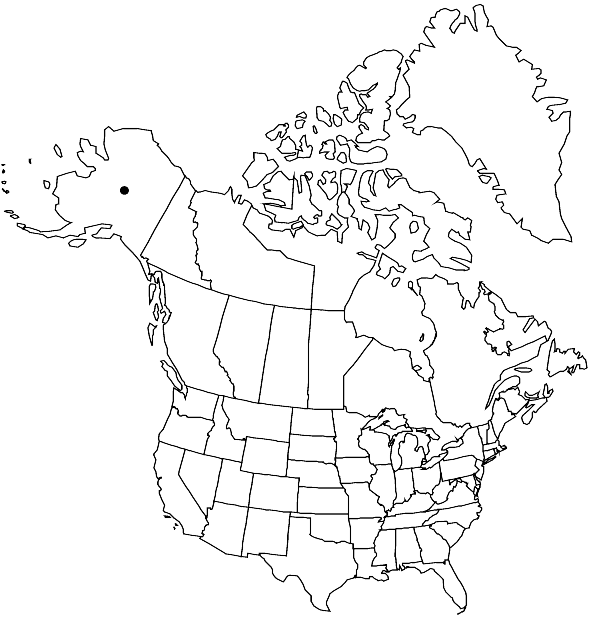Difference between revisions of "Sphagnum mirum"
Bryologist 106: 501. 2003,.
FNA>Volume Importer |
imported>Volume Importer |
||
| (5 intermediate revisions by 2 users not shown) | |||
| Line 31: | Line 31: | ||
-->{{#Taxon: | -->{{#Taxon: | ||
name=Sphagnum mirum | name=Sphagnum mirum | ||
| − | |||
|authority=Flatberg & Thingsgaard | |authority=Flatberg & Thingsgaard | ||
|rank=species | |rank=species | ||
| Line 46: | Line 45: | ||
|publication year= | |publication year= | ||
|special status= | |special status= | ||
| − | |source xml=https:// | + | |source xml=https://bitbucket.org/aafc-mbb/fna-data-curation/src/2e0870ddd59836b60bcf96646a41e87ea5a5943a/coarse_grained_fna_xml/V27/V27_26.xml |
|genus=Sphagnum | |genus=Sphagnum | ||
|section=Sphagnum sect. Squarrosa | |section=Sphagnum sect. Squarrosa | ||
Latest revision as of 21:25, 5 November 2020
Plants fairly slender to moderate-sized, green; forming low dense hummocks. Stems yellowish green; 3 layers of superficial cortical cells. Stem leaves generally longer than branch leaves, 1.1–1.7 mm, lingulate to lingulate-spathulate, hyaline cells mostly non-septate. Branches terete. Branch fascicles of 2 spreading and 1–2 hanging branches. Branch stems with 1–2 layers of cortical cells. Branch leaves 1–1.4 mm, broadly ovate, with a narrow involute tip; hyaline cells only slightly bulging on either surface, in proximal half of leaf aporose on convex surface and with large faint pores on concave surface; internal commissural walls distinctly papillose; chlorophyllous cells elliptical to elliptical-triangular in transverse section, enclosed on both surfaces with the widest part in the leaf middle. Sexual condition dioicous. Spores ca. 31 µm, ornamented by small somewhat amalgamated granulae.
Phenology: Sporophytes abundant, capsules mature August.
Habitat: Ecology poorly known but probably quite minerotrophic
Elevation: low elevations
Discussion
Sphagnum mirum has only been recently discovered and so far is known only from its type locality, where it was growing in a fen mixed with S. teres.
Selected References
None.
